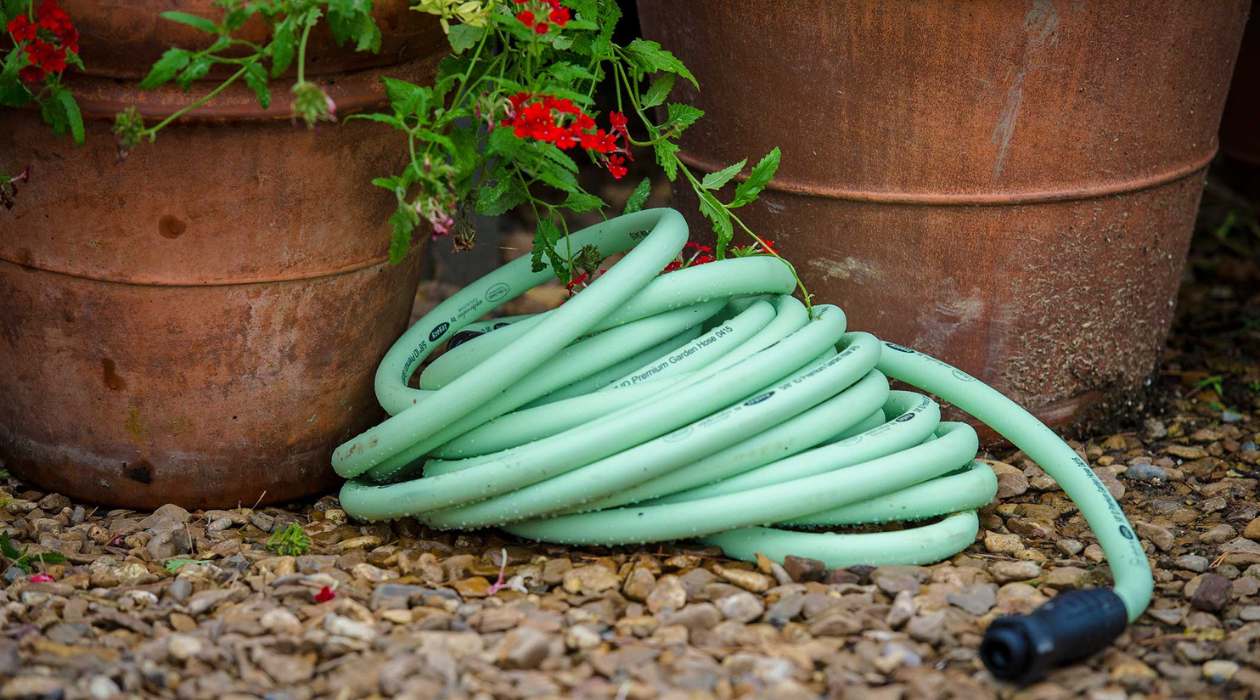

Articles
How To Store Hoses
Modified: October 19, 2024
Learn how to store hoses properly with these helpful articles. Protect your hoses and keep them organized with these storage tips.
(Many of the links in this article redirect to a specific reviewed product. Your purchase of these products through affiliate links helps to generate commission for Storables.com, at no extra cost. Learn more)
Introduction
Having a garden hose can be incredibly convenient for watering plants, washing your car, or even cleaning outdoor surfaces. However, once you’re done using it, storing the hose properly is equally important to ensure its longevity and functionality. Proper hose storage not only prevents kinks and tangles but also protects it from damage caused by exposure to extreme weather conditions and UV rays.
In this article, we will discuss the importance of proper hose storage and how to store hoses effectively to extend their lifespan. We will also explore various options available for hose storage, including hose reels and other practical tips to keep your hoses organized and in excellent condition.
Key Takeaways:
- Proper hose storage is crucial for maintaining functionality, durability, and organization. It prevents damage, extends lifespan, and ensures convenience, making gardening and cleaning tasks more efficient.
- Choosing the right storage location, removing water and dirt, and coiling the hose properly are essential for effective hose storage. Utilizing hose reels and following additional tips further optimize hose maintenance.
Read more: How To Store A Hose
Importance of Proper Hose Storage
Proper hose storage is essential for several reasons. Firstly, it helps prevent kinks and tangles in the hose, which can impede water flow and make it difficult to use. Kinks can also cause damage to the hose, leading to leaks or cracks. By storing the hose properly, you can avoid these issues and ensure that it remains in good working condition.
In addition to preventing damage, proper hose storage also protects the hose from the elements. Exposure to extreme temperatures, sunlight, and harsh weather conditions can degrade the hose material over time. This can result in deterioration, reduced flexibility, and eventually lead to leaks or bursts. By storing the hose in a suitable location, you can shield it from these environmental factors and help prolong its lifespan.
Another benefit of proper hose storage is convenience. When you store your hose properly, it is easier to unwind and rewind it without any tangles or knots. This not only saves you time but also makes watering or cleaning tasks more efficient. Additionally, a well-maintained hose is less likely to get tangled with other objects or be a tripping hazard in your yard or garden.
Proper storage also contributes to the overall organization of your outdoor space. It keeps your yard or garden neat and tidy, preventing the hose from being strewn across the ground or tangled in foliage. This not only enhances the visual appeal of your outdoor area but also reduces the risk of accidents and injuries caused by tripping over a loose hose.
Lastly, proper hose storage helps prevent damage to other objects and equipment in your yard or garden. If left carelessly, a hose can become tangled in plants, furniture, or outdoor decor, potentially causing damage or even uprooting plants. By storing the hose in a designated location, you can ensure that it stays out of the way and doesn’t pose a threat to other items in your outdoor space.
Overall, investing in proper hose storage is crucial for maintaining the functionality, durability, and longevity of your hose. It protects the hose from damage, extends its lifespan, ensures ease of use, enhances organization, and minimizes the risk of accidents. Understanding the importance of proper hose storage is the first step towards maximizing the benefits of your garden hose and preserving its quality for years to come.
Choosing the Right Storage Location
When it comes to storing your garden hose, choosing the right location is key. Here are some factors to consider when selecting a storage spot:
- Accessibility: Choose a location that is easily accessible and close to where you typically use the hose. This will make it convenient to retrieve and return the hose after each use.
- Protection from the elements: Look for a storage spot that provides some level of protection from extreme weather conditions. Exposure to direct sunlight, rain, and harsh temperatures can damage the hose over time. If possible, choose a shaded area or consider using a hose reel with a cover.
- Avoiding sharp objects: Ensure that the storage location is clear of sharp objects or rough surfaces that could potentially puncture or cause damage to the hose. Be mindful of any sharp edges on walls, fences, or equipment where you plan to hang or coil the hose.
- Drainage: Opt for a storage spot that allows for proper drainage. This is particularly important if you plan to store the hose outdoors. Water trapped inside the hose can lead to mold or mildew growth and cause the hose to deteriorate faster. Consider installing a hose hanger with a built-in drainage system or keep the hose on a sloped surface to allow water to drain out.
- Wind protection: If you live in an area prone to strong winds, select a storage location that offers some protection against gusts. High winds can cause the hose to whip around, potentially damaging nearby objects or plants. Consider choosing a spot near a wall or installing a wind break to minimize the risk.
By carefully considering these factors, you can choose a storage location that provides optimal protection and convenience for your garden hose. Remember to assess your specific needs and the layout of your outdoor space to make the best decision.
Removing Water and Dirt from the Hose
Before storing your garden hose, it’s important to remove any excess water and dirt. Here are some simple steps to ensure your hose is clean and dry:
- Disconnect from the water source: Start by disconnecting the hose from the outdoor faucet or any attachments. This will prevent water from continuing to flow into the hose while you clean and store it.
- Drain the water: Hold one end of the hose slightly higher than the other end and allow the water to drain out completely. You can also gently shake the hose to help remove any remaining water.
- Remove dirt and debris: Use a soft-bristle brush or a cloth to scrub along the length of the hose, removing any dirt or debris. Pay extra attention to areas where dirt may have accumulated, such as the ends or the coiled sections.
- Check for clogs: Inspect the hose for any clogs or blockages. If you notice a blockage, use a garden hose nozzle or a straightened wire hanger to clear it out.
- Allow the hose to dry: After cleaning, it’s important to let the hose dry completely before storing it. Hang the hose over a hose hanger or lay it out on a clean, flat surface in a sunny spot to facilitate drying.
By taking the time to remove water and dirt from your garden hose, you can prevent unnecessary buildup, minimize the risk of mold or mildew growth, and ensure that the hose remains in good condition during storage.
To store hoses, coil them neatly and secure with hose hangers or reels to prevent kinks and tangles. Store in a dry, shaded area to prolong their lifespan.
Coiling and Storing the Hose Properly
Coiling and storing your garden hose properly is crucial to prevent kinks, tangles, and damage. Follow these steps to ensure you store your hose effectively:
- Start with a clean hose: Before coiling the hose, make sure it is free from water, dirt, and debris.
- Straighten the hose: Begin by straightening out the hose to eliminate any twists or kinks along its length.
- Create loops: Hold one end of the hose and start creating loops, working your way towards the other end. Keep the loops consistent in size to prevent tangles.
- Avoid crossing loops: As you create loops, be mindful not to cross them over each other. This will help maintain the integrity of the hose and make it easier to unwind when needed.
- Secure the coil: Once the hose is fully coiled, secure it using a hose holder, hook, or a bungee cord. This will prevent the coil from unraveling and keep it neat and organized.
- Elevate the coiled hose: If possible, elevate the coiled hose off the ground to prevent it from getting dirty or damaged. You can use a wall-mounted hose holder or a hose reel for this purpose.
- Protect from UV rays: If you’re storing the hose outdoors, consider using a hose reel with a built-in cover or cover it with a UV-resistant hose cover. This will protect the hose from prolonged exposure to sunlight, which can cause degradation of the hose material over time.
- Store in a dry location: Choose a storage spot that is dry and protected from the elements. Ideally, the location should shield the hose from rain, snow, and extreme temperatures.
By following these steps, you can ensure that your garden hose is properly coiled, stored, and protected. This not only keeps the hose in good condition but also makes it easier to use the next time you need it.
Read more: How To Store Water Hose
Using Hose Reels for Storage
Hose reels are a popular and convenient option for storing garden hoses. They provide a dedicated space for coiling and protecting your hose, keeping it organized and easily accessible. Here’s how you can effectively use hose reels for hose storage:
- Select the right hose reel: Choose a hose reel that is suitable for the size and length of your hose. Consider factors such as capacity, construction material, and whether you want a wall-mounted or freestanding reel.
- Position the hose reel: Install the hose reel in a convenient location, close to where you regularly use the hose. This will ensure easy access and efficient storage.
- Attach the hose: Connect one end of the hose to the water source and securely attach the other end to the reel. Follow the manufacturer’s instructions to ensure a proper and secure connection.
- Wind the hose: Start winding the hose onto the reel in a smooth and even manner. Use one hand to guide the hose onto the reel and the other to rotate the reel mechanism. Keep the loops of the hose tightly wound to prevent tangling.
- Use the reel’s features: Many hose reels come with additional features such as locking mechanisms, built-in handles, or hose guides. Utilize these features to secure the hose in place, provide convenient carrying options, and prevent unwanted tangling during storage.
- Protect from the elements: If your hose reel does not have a built-in cover, consider investing in a separate cover or storing it in a location that provides protection from UV rays and harsh weather conditions.
- Maintain the hose reel: Regularly inspect the hose reel for any signs of wear, damage, or dirt accumulation. Clean it as needed and lubricate any moving parts to ensure smooth retraction and extension of the hose.
Hose reels offer a practical and efficient solution for storing garden hoses. They protect the hose from damage, keep it tangle-free, and make it easier to use whenever you need it. Consider investing in a quality hose reel that suits your specific needs to maximize the benefits of hose storage.
Additional Tips for Hose Storage
In addition to proper coiling and using hose reels, there are a few additional tips you can follow to ensure optimal hose storage. Here are some handy suggestions:
- Label the hose: If you have multiple hoses, consider labeling them to easily identify each one. This can be done using tags, colored tape, or markers. It will help you distinguish between different hoses and prevent confusion.
- Store hose attachments separately: Keep any hose attachments, such as nozzles or sprinklers, stored separately from the hose. This will prevent them from getting tangled or damaged and make it easier to find them when needed.
- Protect the hose ends: Use hose caps or plugs to protect the ends of the hose when not in use. This will prevent dirt, insects, or debris from entering and clogging the hose.
- Regularly inspect the hose: Take the time to inspect your hose periodically. Look for any signs of wear, including cracks, leaks, or bulges. If you notice any problems, address them promptly to prevent further damage.
- Store indoors during winter: If you live in an area with freezing temperatures, it’s best to store your hose indoors during the winter months. Freezing water can expand and cause damage to the hose, leading to cracks or bursts.
- Consider hose racks or hooks: If you prefer an alternative to hose reels, hose racks or hooks can be a practical option for storage. They provide a sturdy and space-saving solution for keeping your hose organized and untangled.
- Train the hose: To encourage proper coiling, train your garden hose by consistently coiling it in the same direction each time you store it. This will help maintain its shape and reduce the risk of kinks.
- Keep away from direct sunlight: Prolonged exposure to direct sunlight can cause the hose material to degrade more quickly. If storing the hose outdoors, choose a spot that offers some shade or cover it with a UV-resistant hose cover.
By following these additional tips, you can further optimize your hose storage practices. These suggestions will help keep your hoses organized, protected, and in excellent condition, ensuring they serve you well for years to come.
Conclusion
Proper hose storage is essential for maintaining the functionality and longevity of your garden hoses. By following the guidelines outlined in this article, you can ensure that your hoses remain in excellent condition and are ready for use whenever you need them.
Remember to choose the right storage location, one that provides easy accessibility and protection from the elements. Removing water and dirt from the hose before storage is crucial to prevent mold or mildew growth and prolong its lifespan.
Coiling and storing the hose properly is important to prevent kinks, tangles, and damage. Whether you choose to use hose reels, racks, or hooks, make sure to secure the hose tightly and keep it protected from UV rays and harsh weather conditions.
Additional tips such as labeling hoses, storing attachments separately, and regularly inspecting the hose will further contribute to effective hose storage practices. Be mindful of freezing temperatures and consider storing your hoses indoors during winter to avoid damage caused by freezing water.
By implementing these storage techniques, you can keep your garden hoses organized, accessible, and in optimal condition. This not only ensures ease of use but also enhances the lifespan of your hoses, saving you time and money in the long run.
Investing a little time and effort into proper hose storage will pay off in the form of a well-maintained and functional garden hose for all your watering and cleaning needs. So, make it a priority to store your hoses properly and enjoy the convenience and efficiency they provide.
Frequently Asked Questions about How To Store Hoses
Was this page helpful?
At Storables.com, we guarantee accurate and reliable information. Our content, validated by Expert Board Contributors, is crafted following stringent Editorial Policies. We're committed to providing you with well-researched, expert-backed insights for all your informational needs.
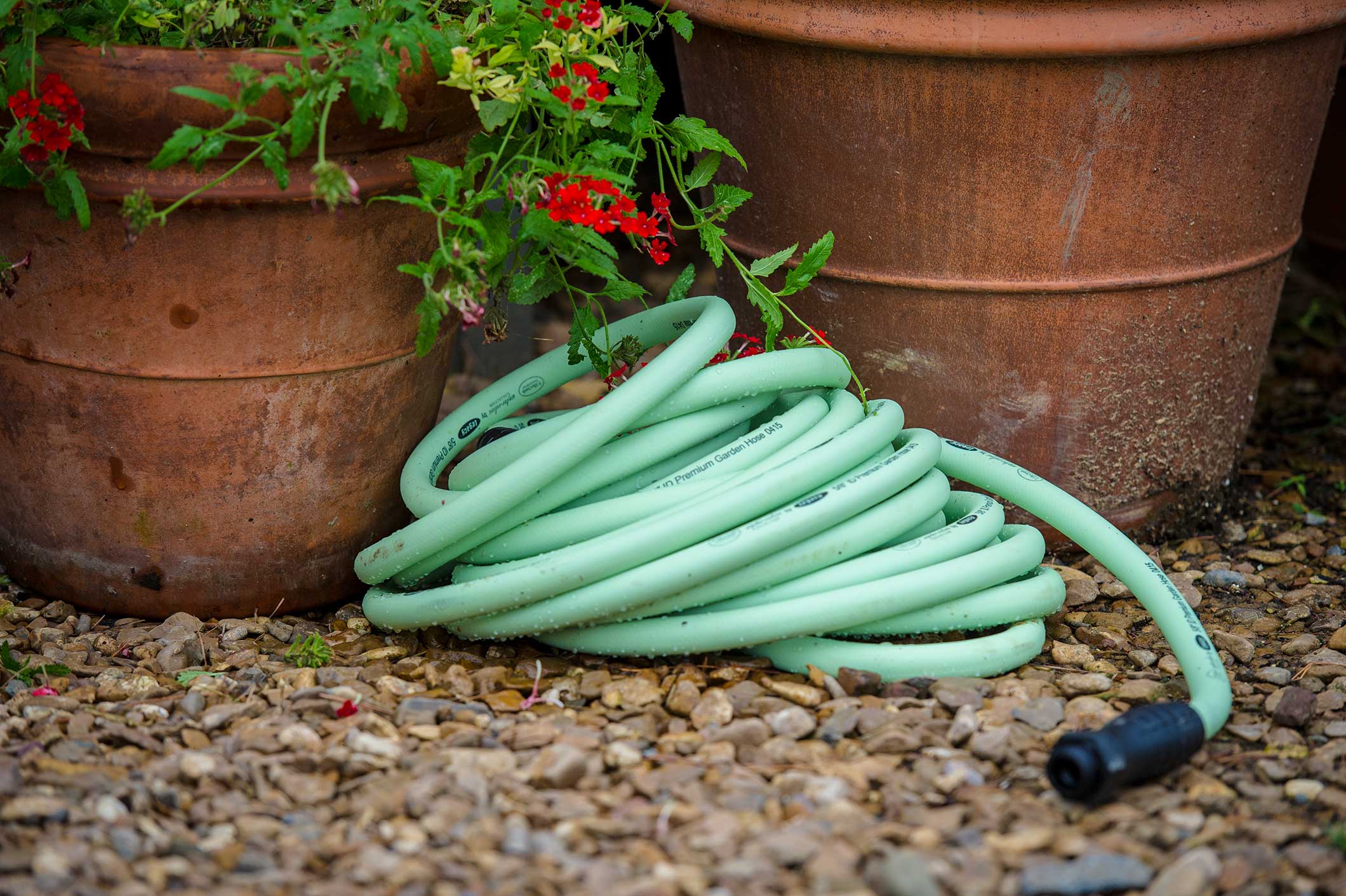
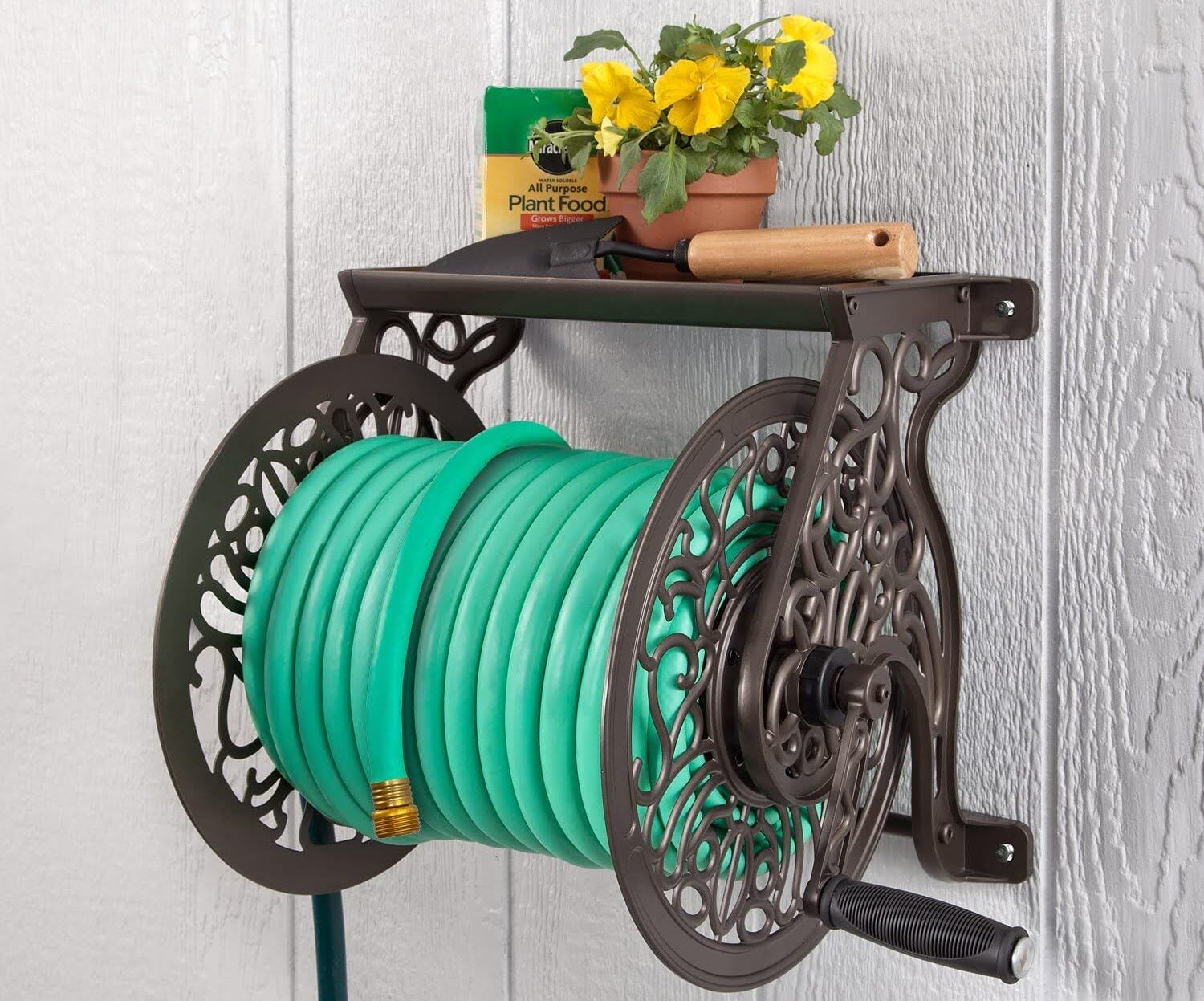
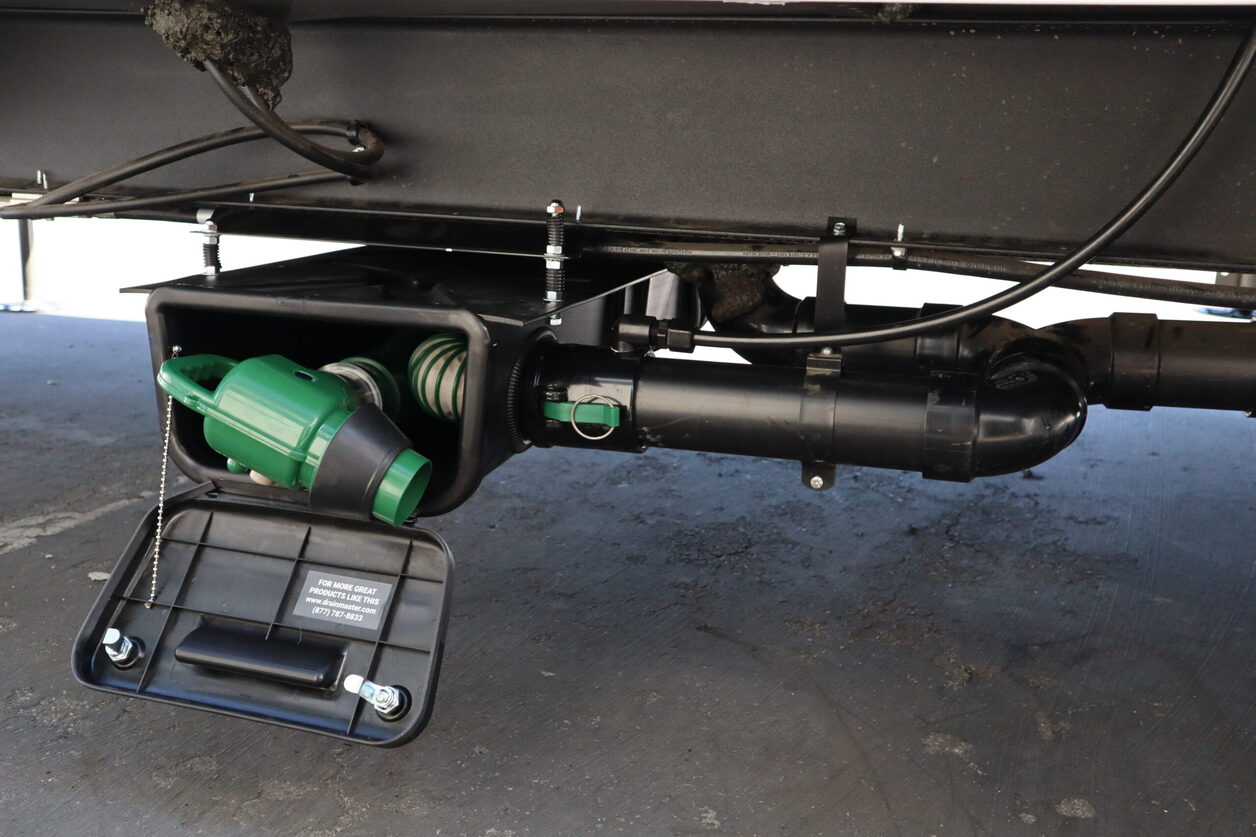
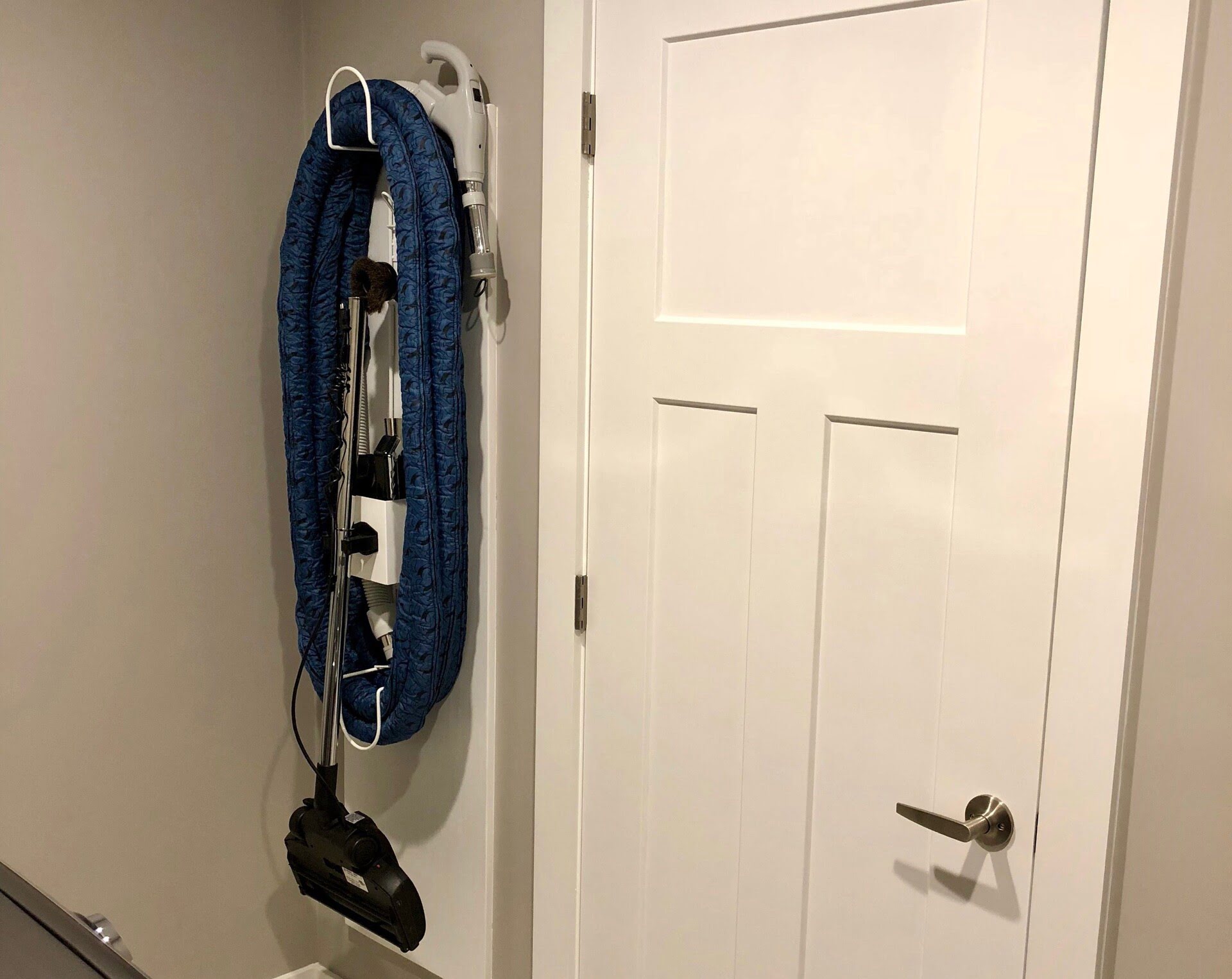
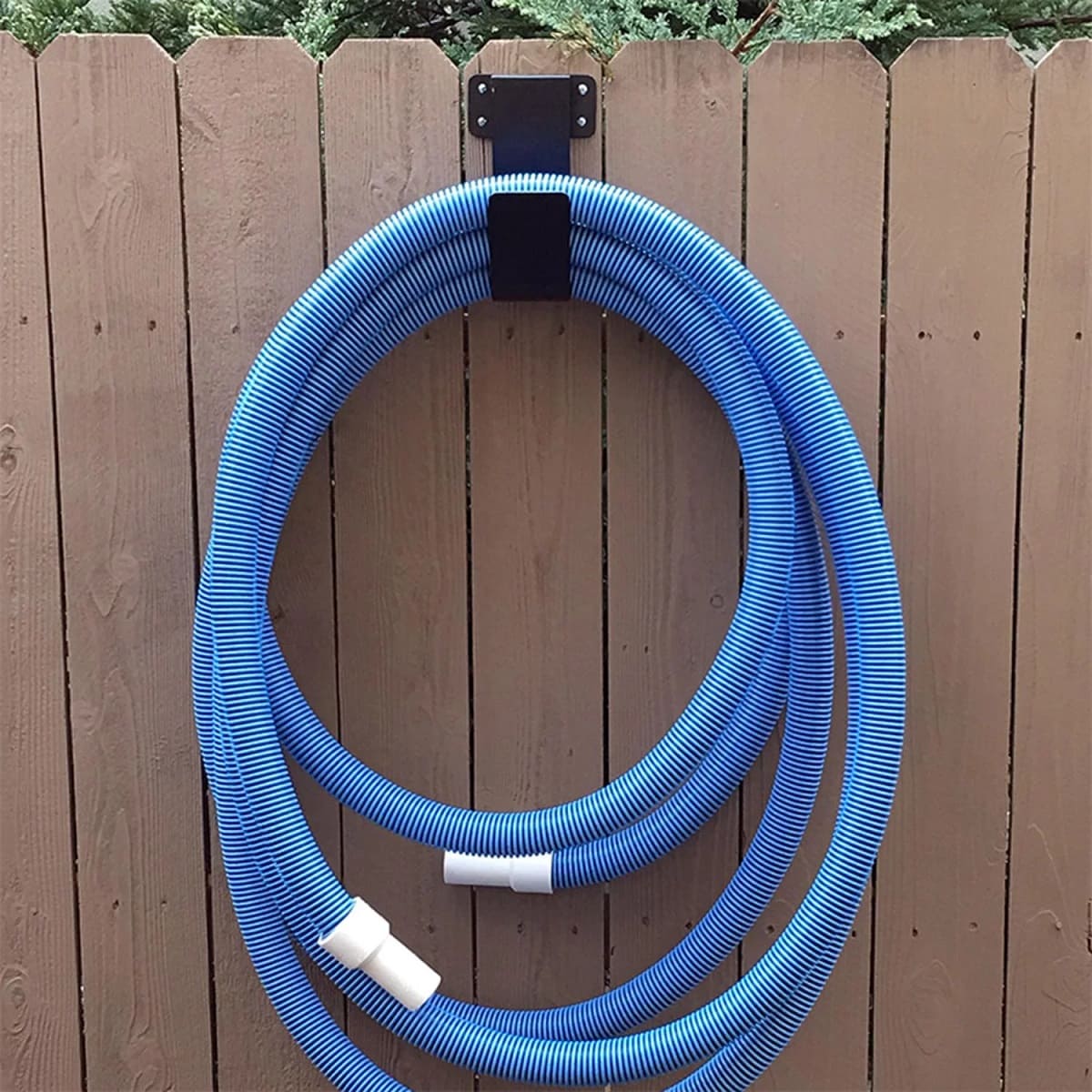
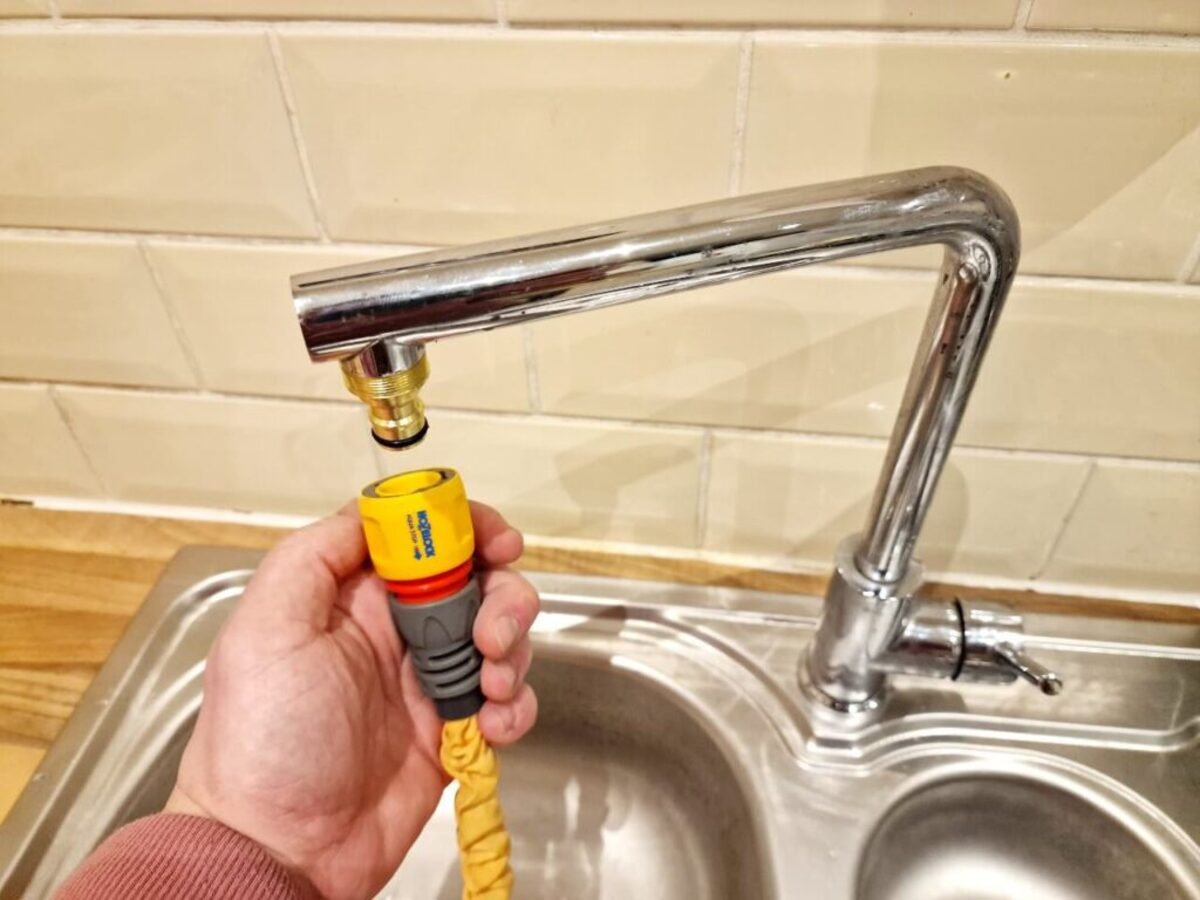
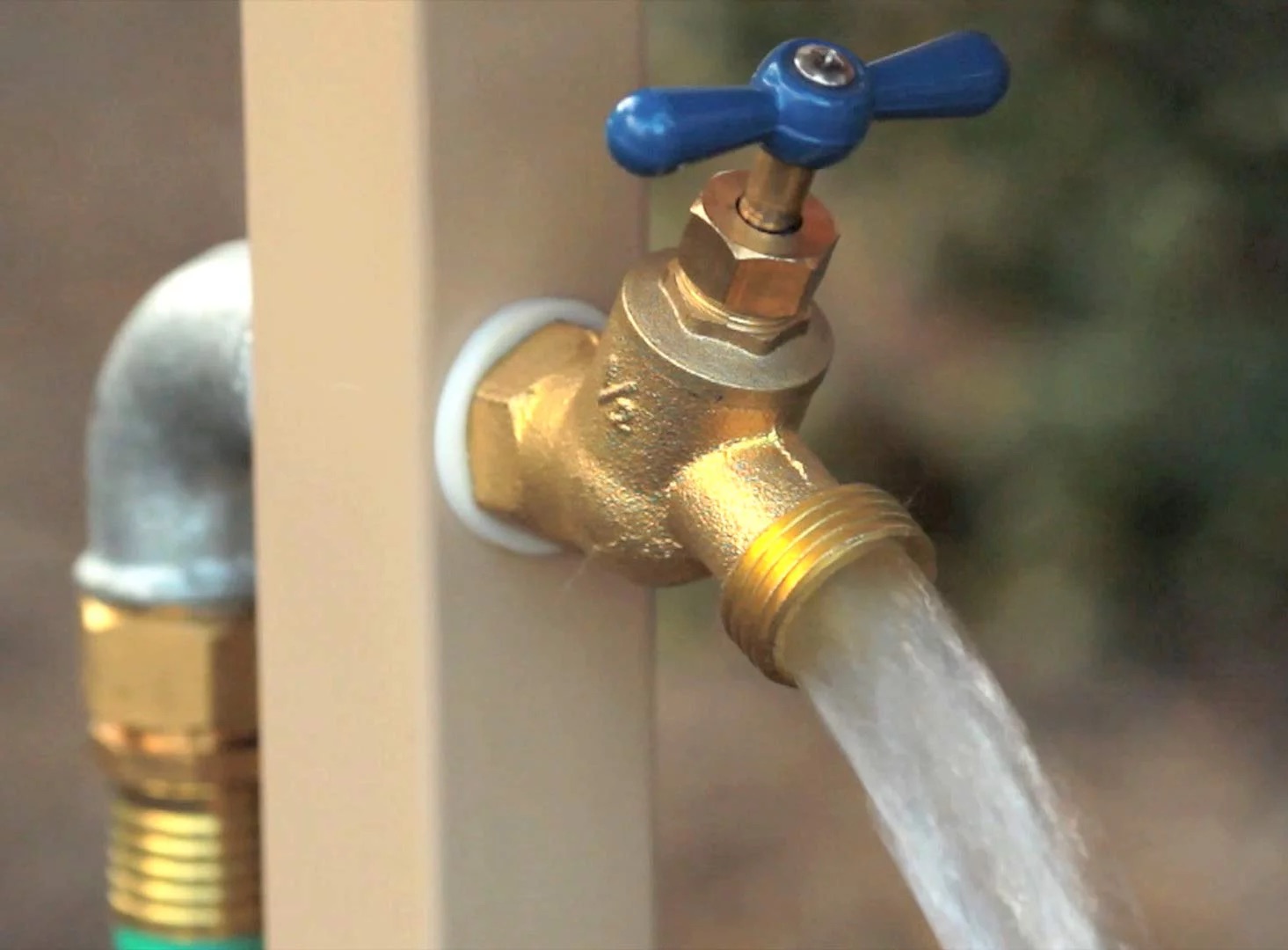
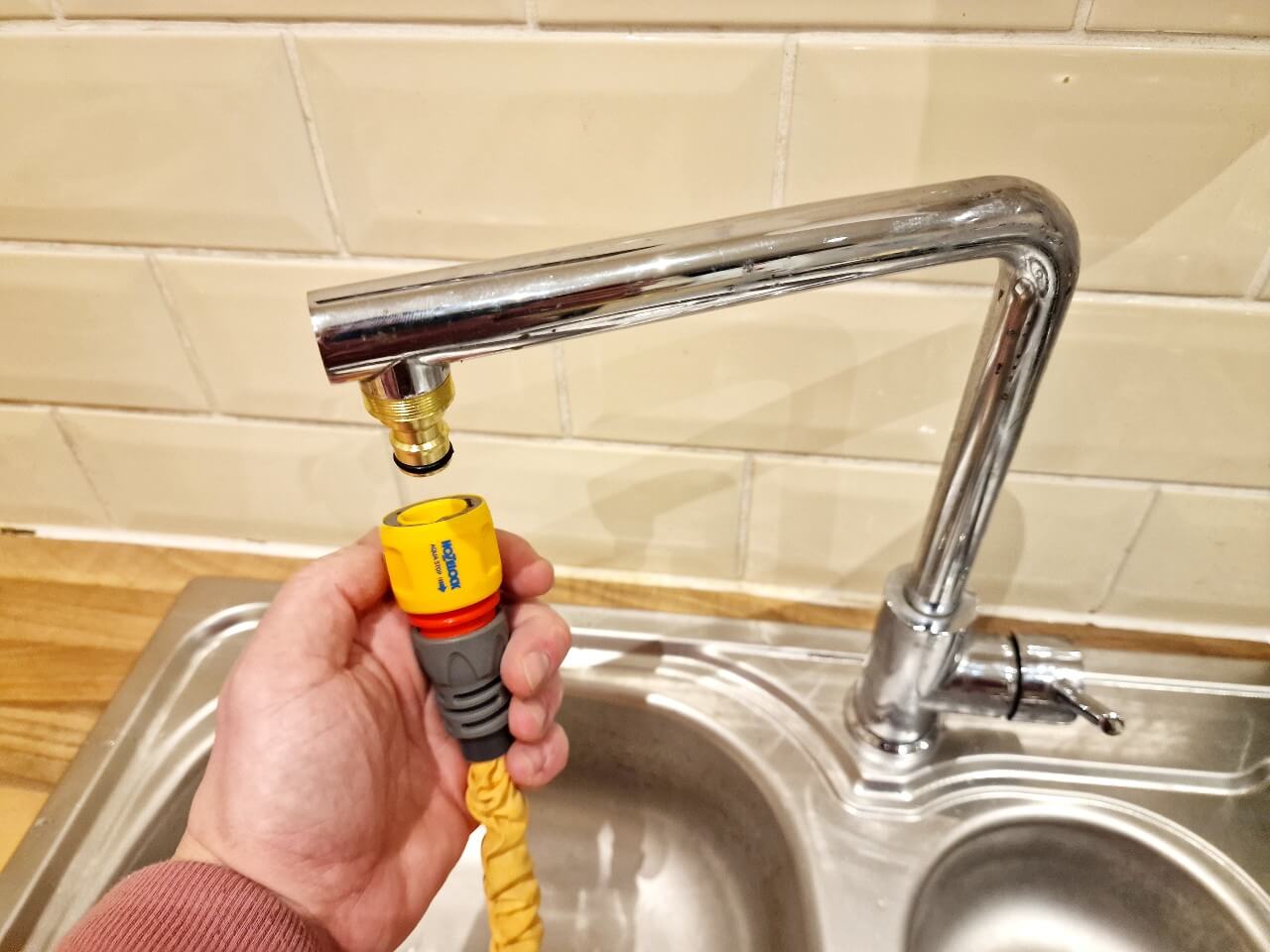
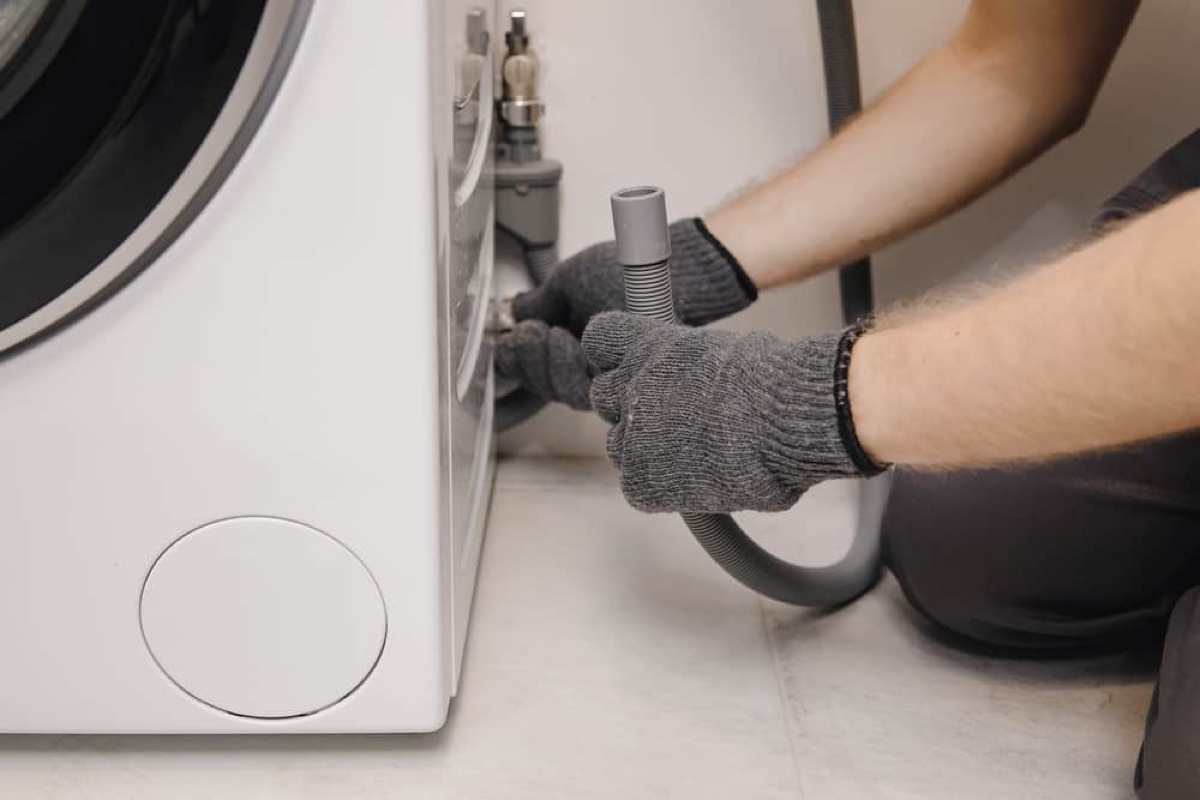
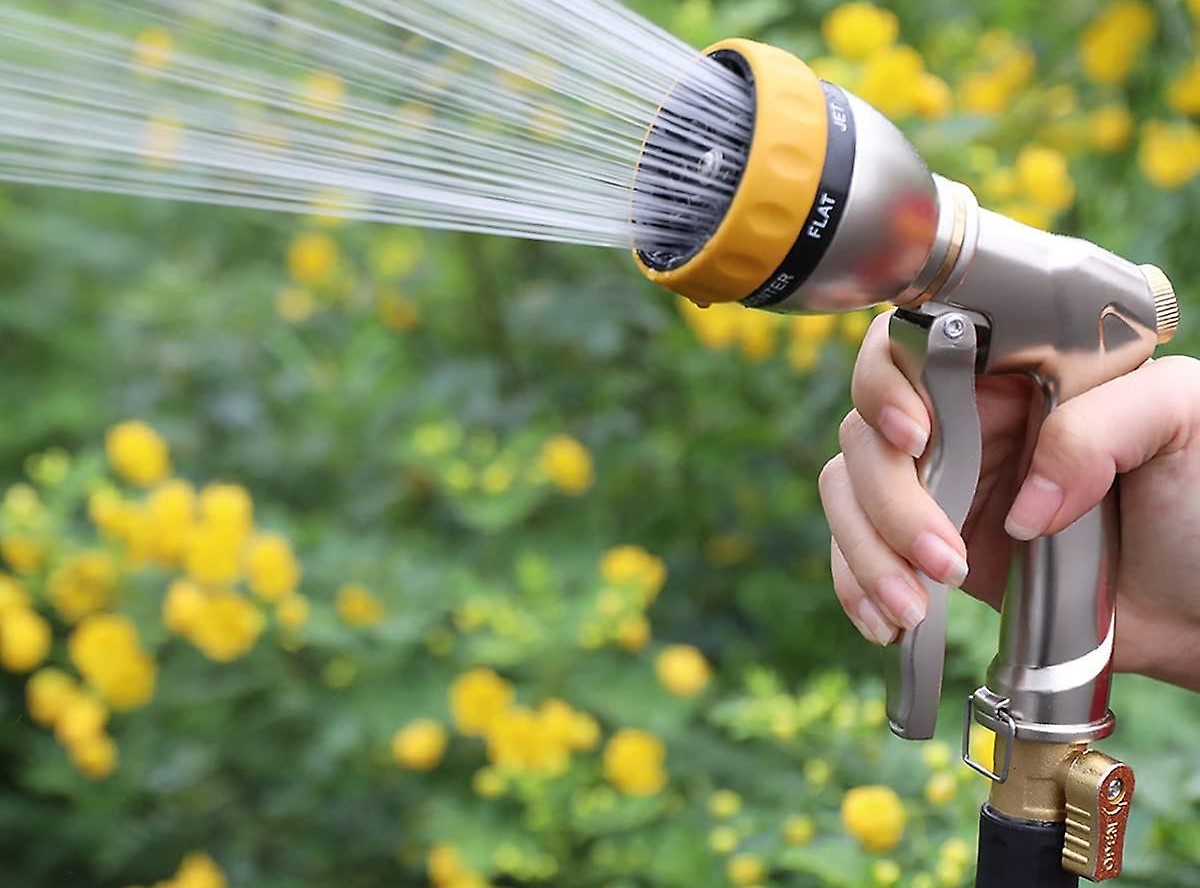
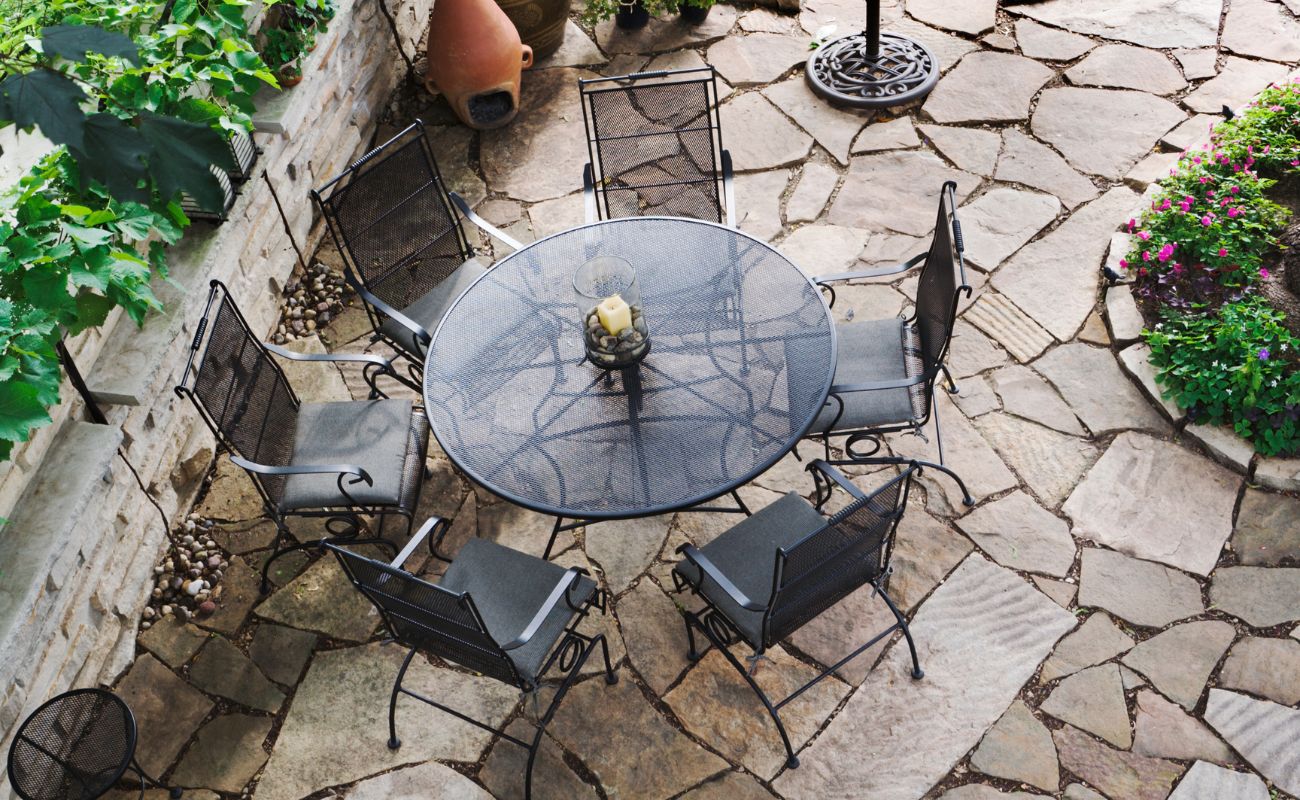

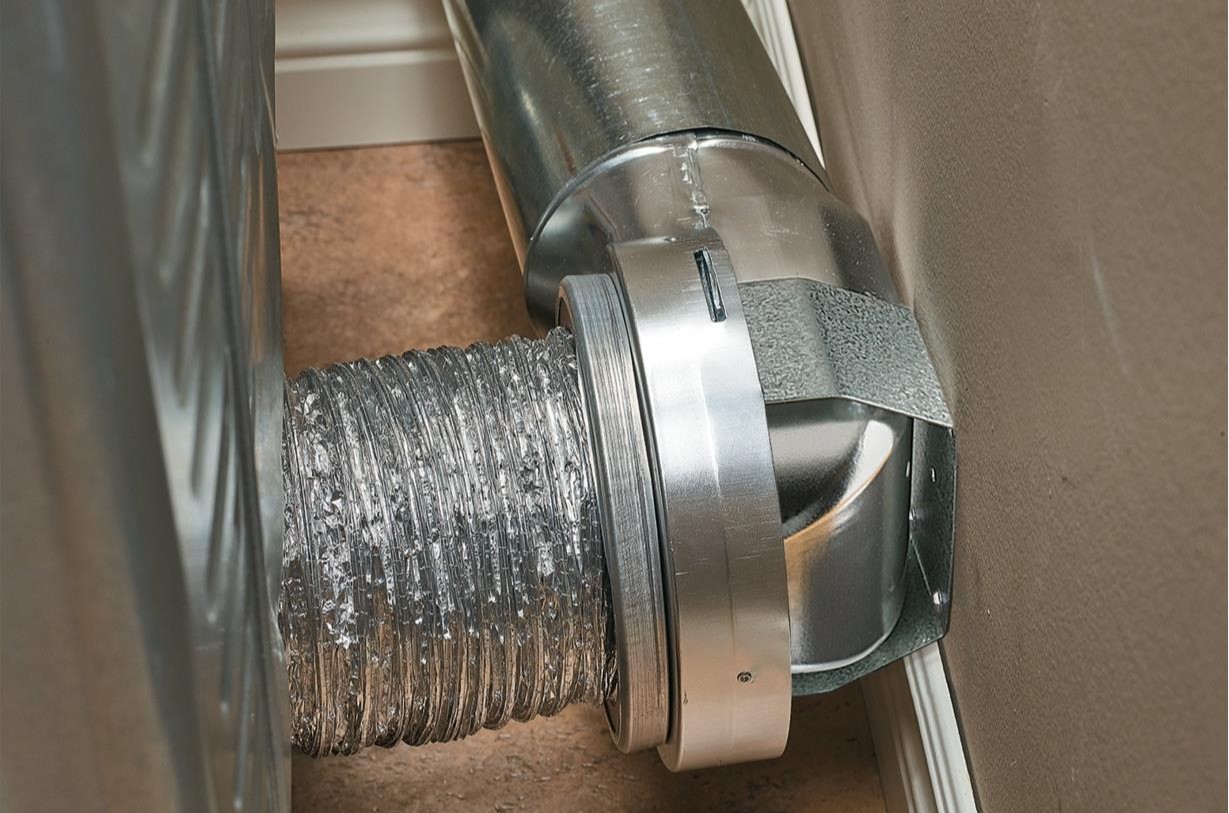


0 thoughts on “How To Store Hoses”